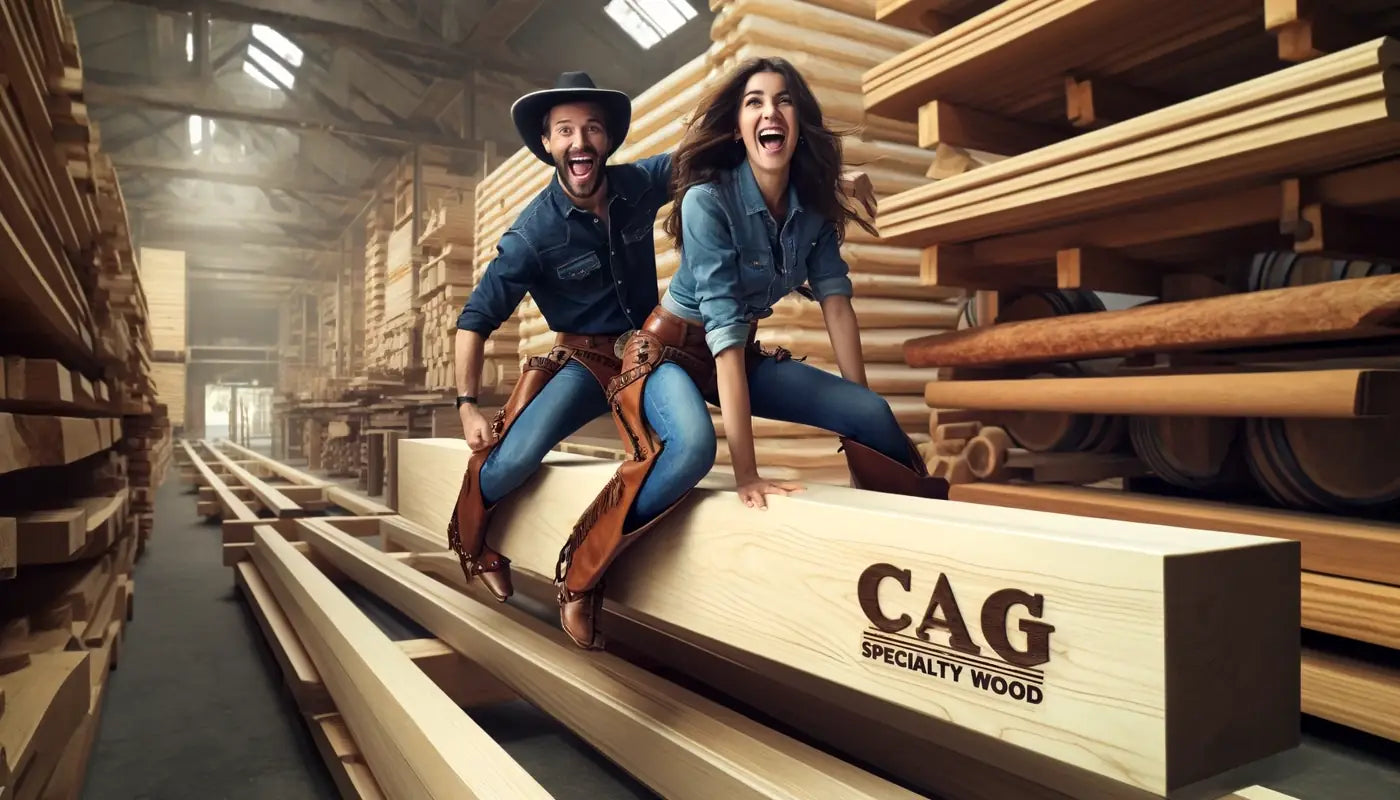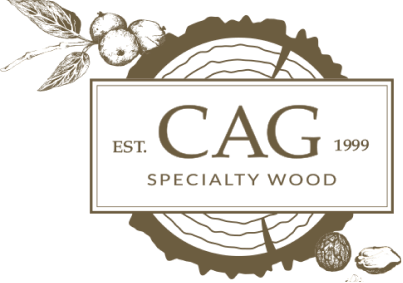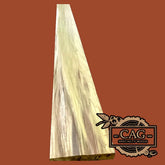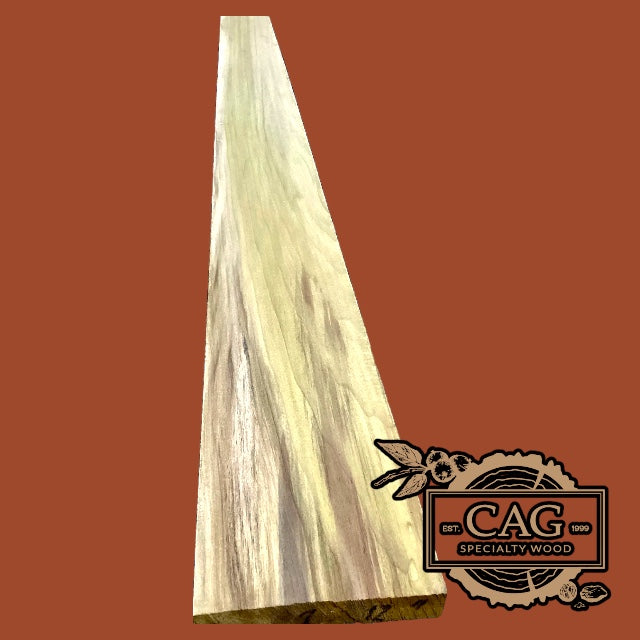
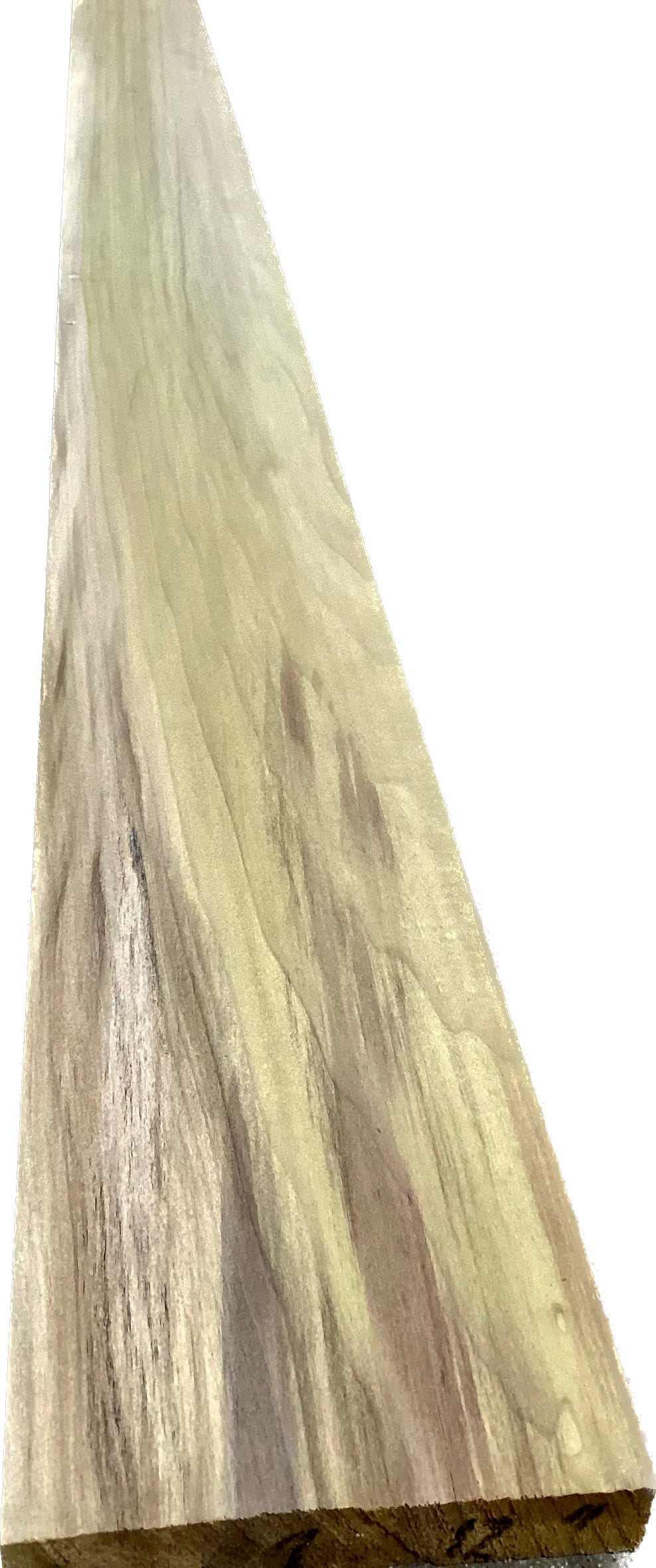
Poplar 4/4, 5/4, 7/4, & 8/4
Popular (Liriodendron tulipifera) is one of the less expensive hardwoods. It's also fairly soft, which makes it easy to work with. Poplar is white with some green or brown streaks in the heartwood. Because poplar is not the most beautiful wood, it's rarely used in fine furniture, and if it is, it's almost always painted. Poplar can be a good choice for drawers (where it won't be seen) because it is stable and inexpensive. Poplar trees are known to be one of the tallest trees, reaching heights of 160 feet and diameters of 8 feet. Poplar sapwood has a light cream to yellowish color. Poplar heartwood has a greenish brown color with streaks of gray. It is very popular because the wood is typically straight grained, with a fine texture. It is known for having very few knots, if any.
Poplar lumber has many qualities that make it a beneficial hardwood. Due to its versatility, it is great for commercial uses. Poplar lumber is most commonly used for furniture and cabinet framing construction. It shows little shrinkage and has excellent gluing qualities. It is soft and lightweight, which helps it accept nails and screws without splitting. Frequently, poplar is finished to look like other woods. It takes paint very well, but stains usually produce blemished results.
Poplar lumber does have some flaws. Although it is very easy to work with, it is very weak when it comes to durability. Poplar has low shock resistance and bending strength. It is a very soft hardwood that has a janka hardness of 300, which is almost 30 times weaker than Ipe wood. Another flaw is low density. Poplar wood has raised grains that sometimes leave a fuzzy woolly texture to its surfaces and edges. Make sure to use very sharp cutters to produce a good finish. Also, poplar lumber is susceptible to insect attack and decay. I would stay away from using poplar in exterior projects, like decking and siding. Instead, use a harder wood that can withstand the harshness of outdoor living.
|
Botanical Name |
Liriodendron tulipifera |
| Origin | Eastern United States |
| Janka Hardness | 540 lbf |
| Average Dried Weight | 29 lbs/ft3 |
| Workability | Poplar is very easy to work, although it can sometimes leave fuzzy surfaces and edges. Sanding to finer grits of sandpaper may be necessary get a smooth surface. |
| Related Species | None |
Poplar 4/4, 5/4, 7/4, & 8/4
4/4
4050 Old Cornelia Hwy
Gainesville GA 30507
United States
Wood Calculator Section
Need Help Figuring out how much you need ?
One Board foot = 144 Cubic Inches
Example: If you need a piece of wood 12 inches wide, 1 inch thick and 24 inches long, that is equal to 2 board feet.
12 inches x 1 inch x 24 inches = 288 inches. 288/ 144 = 2 board feet
